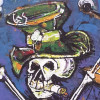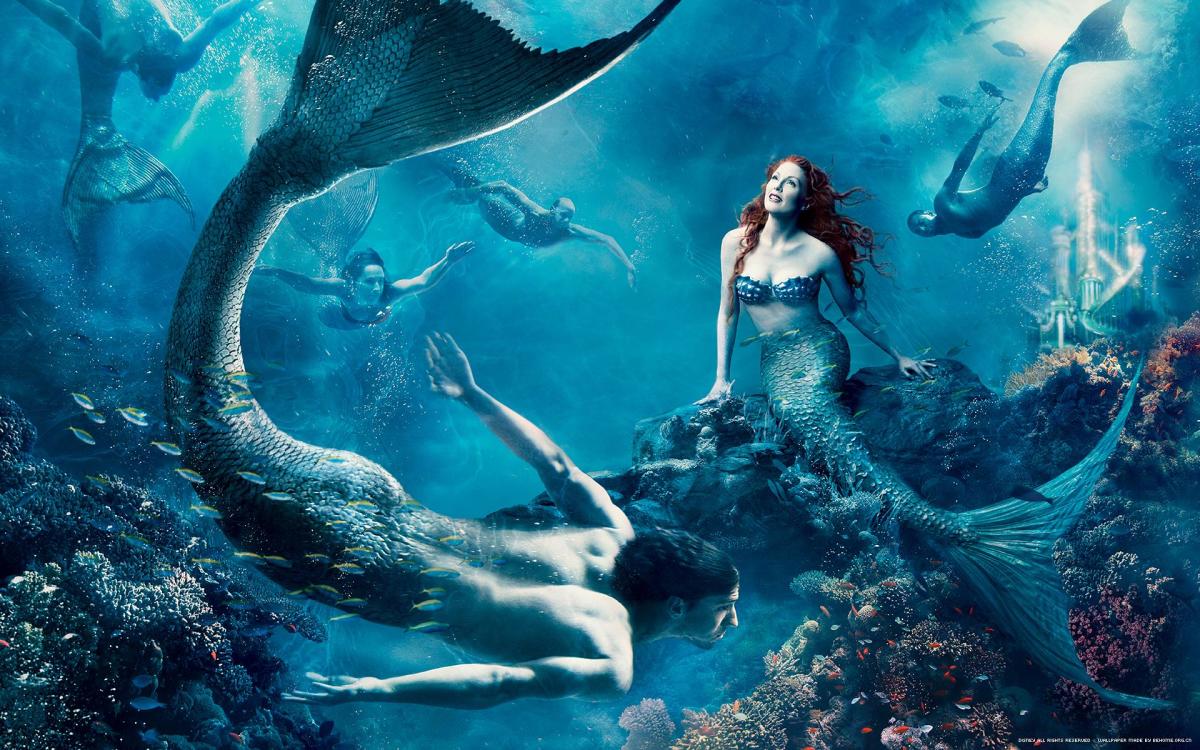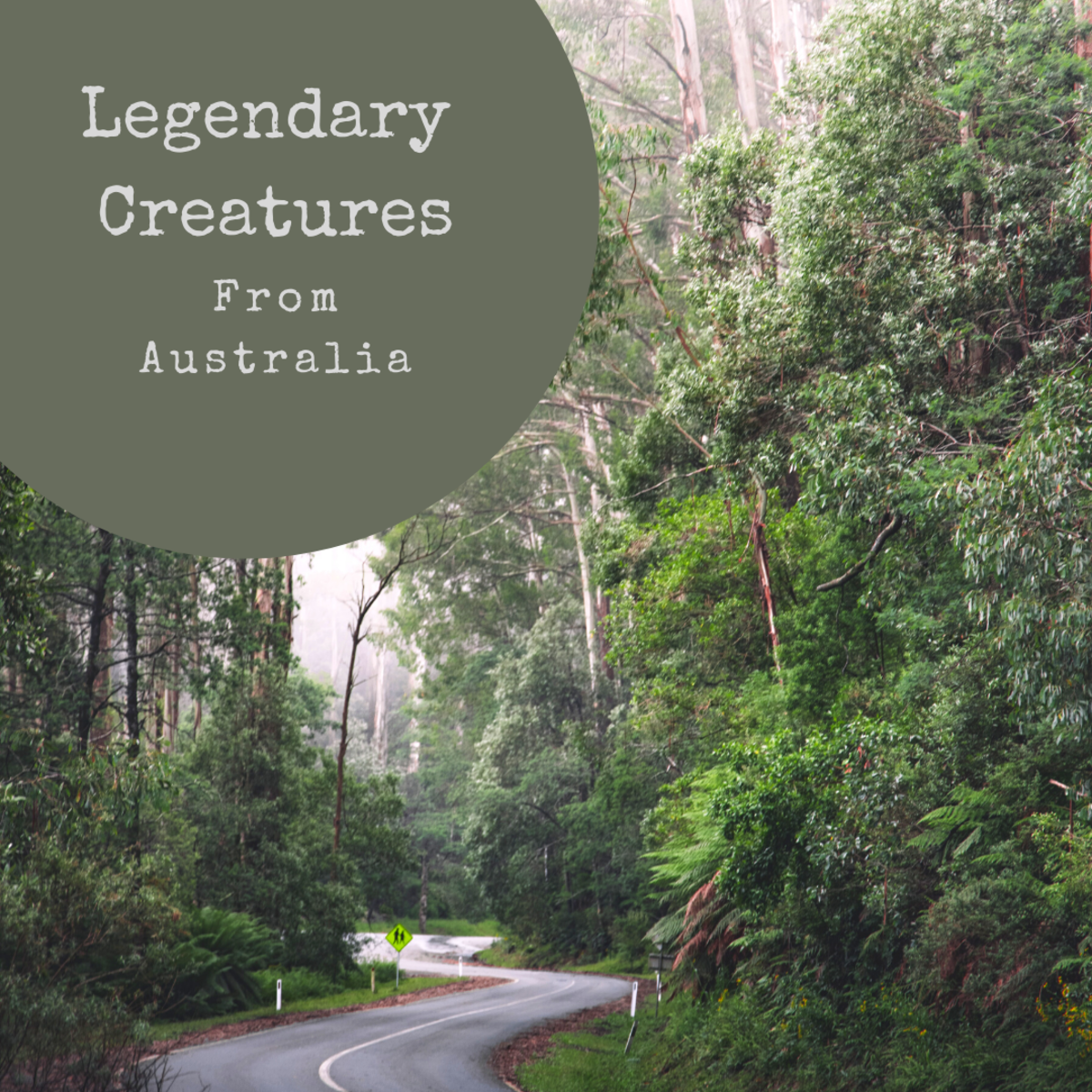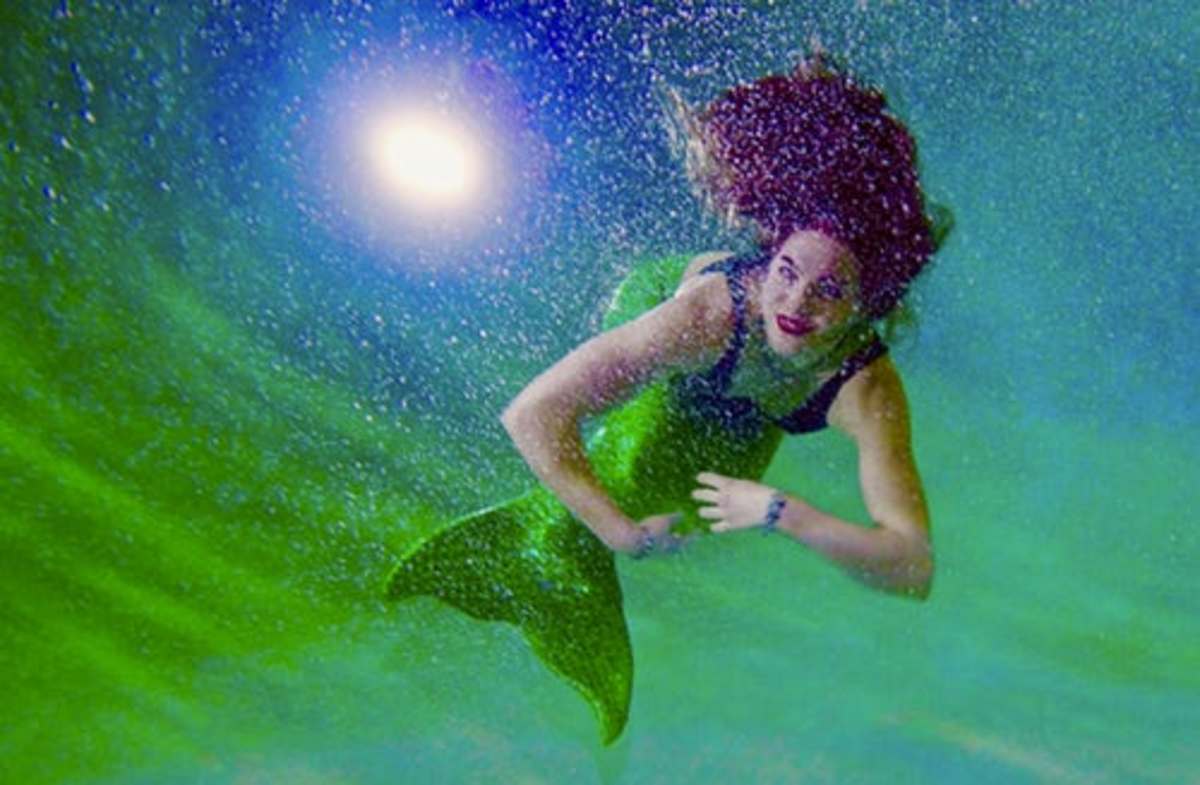- HubPages»
- Education and Science»
- Sociology & Anthropology»
- Folklore & Mythology»
- Legendary Creatures & Cryptids
Mermaids: Beautiful Aquatic Creatures or Myth?
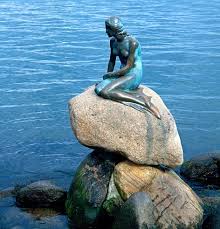
Everyone has heard about mermaids at some point in their lives. Whether it was through Disney's The Little Mermaid, or whether it was seen through reports about it on the news. Maybe you got sucked in by your own curiosity of what could actually live in the oceans, but some of the folklore for these aquatic humanoids tell a different story than what Hans Christian Andersen wrote about.
So What Is A Mermaid?
A mermaid, or a merman, is an aquatic creature with the upper body of a human and the lower body of a fish. Their folklore stretches through many cultures throughout the world, to include Near East, Europe, Africa, and Asia. Mermaids are usually depicted with beautiful, long flowing hair and are curious about human beings; mermen, on the other hand, have been described as wilder and uglier with little interest in humans. Mermaids have also been associated with the sirens from Greek mythology.
The Folklore
Assyria
The first known tales about mermaids go back to around 1000 B.C., coming out of Assyria. As the folklore has it, the goddess Atargatis, who was the mother of the Assyrian queen Semiramis, loved a mortal and unintentionally killed him. Ashamed of her actions, she jumped into a lake and took the form of a fish. However, the waters could not conceal her divine beauty, it was then she took the form of a mermaid. The earliest representation of her shows her with the body of a fish and only a human head and arm. It wasn't until later that mermaids were transformed to how we see them today.
Ancient Greece
The Greeks also had a similar myth, but instead of Atargatis, she was named Derketo. To add on to the legend, they believed that Alexander the Great's sister, Thessalonike, turned into a mermaid after her death. When she came up a ship, she would ask the sailors if King Alexander was still alive. If the sailor's answer pleased her, she would calm the waters and bid the ship farewell; if their answer enraged her, she would stir up a terrible storm, dooming the ship and every sailor that was on board.
British Isles
The British Isles are the owners of the earliest artistic depiction of a mermaid, on a stone pillar in the Norman Chapel. This depiction dates to around 1078 A.D. In the British folklore, mermaids carried unlucky omens, foretelling disaster and provoking it. They were also a sign of approaching rough weather out on the seas, and some have been described as monstrous in size, measuring up to 2000 feet. The British claim that mermaids had the ability to swim up rivers to the freshwater lakes. Every so often, mermaids would aid humans by teaching them cures for certain diseases.
Western Europe
Western Europeans believed that there was a freshwater mermaid. They called her Melusine and she was sometimes shown to have two fish tails, and sometimes had the lower body of a serpent. The fairy tale "The Little Mermaid" also came out of this region when Hans Christian Andersen inked it in 1837. His story ends much differently than the Disney version, where the mermaid is transformed into a daughter of the air.
Eastern Europe
Eastern Europe's different areas had different stories about mermaids, but they all had a common element, that being that mermaids were the restless spirits of the unclean dead. Young women became mermaids when they died a violent or untimely death, perhaps by murder or suicide, before their wedding and especially by drowning. They also believed that mermaids inhabited lakes and rivers. The Slavic counterpart to the Greek's siren was named Rusalkas.
Sightings
There have been numerous sightings of mermaids throughout the years, below are just some of them.
- Christopher Columbus reported seeing them while exploring the Caribbean.
- Blackbeard, the English pirate, wrote in his logbook that he instructed his crew on several voyages to avoid waters that he had charted as "enchanted" for fear of mermaids. Blackbeard and his crew had reported seeing mermaids while out on the water.
- Two sightings were reported in Canada, one near Vancouver sometime between 1870 and 1890, and the other one near Victoria in 1967.
- In August 2009, dozens of people reported seeing a mermaid leaping out of the water and doing aerial tricks off the coast Kiryat Yam in Israel. The government put out a one million dollar reward for the capture of the mermaid, but no one has seen it since.
- In February 2012, work on two reservoirs near Gokwe and Mutare in Zimbabwe stopped when workers refused to continue, stating that mermaids had hounded them away from the sites.
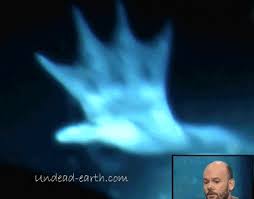
Animal Planet Pulls A Fast One
In May 2012, the Animal Planet aired a docu-fiction called "Mermaids: The Body Found". It centered around the experiences of numerous former National Oceanic and Atmospheric Administration (NOAA) scientists. The docu-fiction showed a CGI recreation of amateur sound and video of a beached mermaid. They also discussed scientific theories involving the existence of mermaids.
A month later, the National Ocean Service, a branch of the National Oceanic and Atmospheric Administration, released a statement because of all the public inquiries and the possibility that some viewers may have mistaken the progam as a legitimate documentary. In the statement they declared that no evidence of aquatic humanoids has ever been found.
Almost exactly a year later, the Animal Planet aired another docu-fiction entitled "Mermaids: The New Evidence". The program featured previously unreleased video evidence of what a former Iceland geosurvey scientist witnessed while diving off the coast of Greenland. While underwater, they showed two different shots of what appears to be a humanoid creature approaching and touching the submersible.
The NOAA once again released a statement saying that the person identified as a NOAA scientist was actually and actor. They also repeated that there is no evidence of aquatic humanoids ever being recorded.

Sirenomelia
Sirenomelia, also known as mermaid syndrome, is a congenital disorder where a child is born with his or her legs are fused together. The condition is about as rare as conjoined twins, affecting one out of every 100,000 live births. Sirenomelia is usually fatal within a day or two of birth because the kidneys and bladder do not develop properly.
A woman from Clearwater, Florida by the name of Tiffany Yorks is the longest living survivor of the condition. Born on May 7, 1988, she underwent a successful surgery to separate her legs before she was one year old. While her legs are still weak, she lives a very productive life.
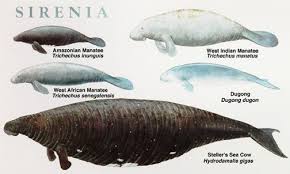
The Best Explanation
It is widely believed that most of the mermaid sightings can be explained away as mistaking what we know as Sirenia, or sea cows. The two most common types are dugong and manatees. It would be easy to confuse these creatures from a distance as a mermaid. They have two forelimbs that could easily be mistaken as arms and they have the same tail that mermaids are claimed to have. So, it is believed that they are misidentified as mermaids when they come up for air.
The Conclusion
I think it is pretty easy to dismiss the idea of mermaids being a real creature. Either all the sightings can be explained away or they are one time events that are probably made up by someone trying to get their fifteen minutes of fame. There just isn't any evidence, there are no fossils, no quality photographs or videos. At the end of the day, the myth of mermaids was just a way for our ancestors to explain why storms would suddenly appear out on the seas and sink ships, or why someone drowned in a local lake or river.
Do you believe in mermaids?
© 2015 Kingsniz
